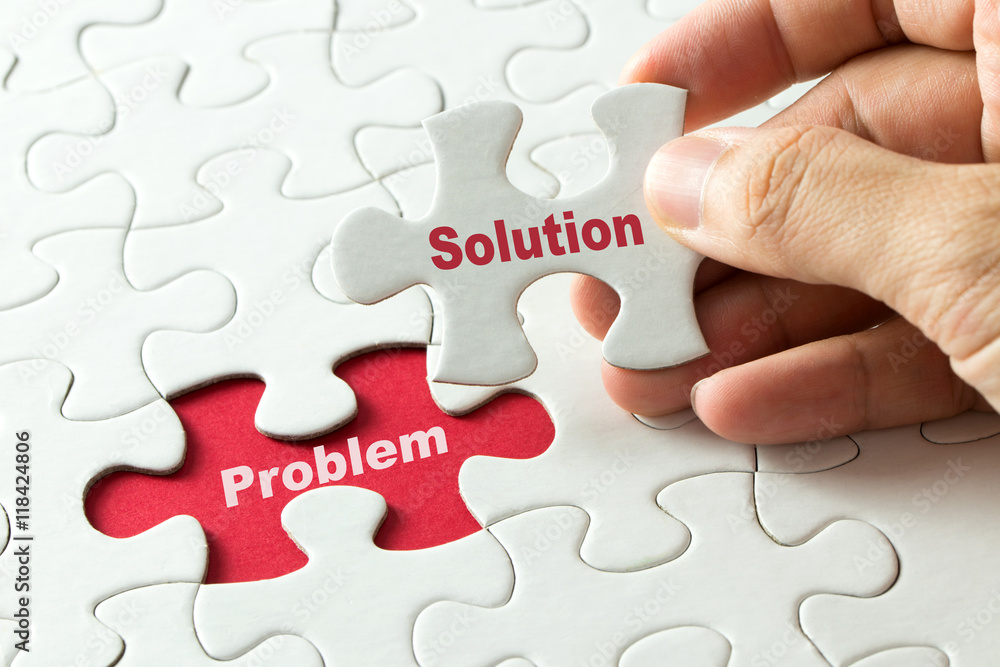When interviewing candidates, assessing their problem-solving skills is essential, especially in technical or creative roles. Problem-solving skills demonstrate a candidate’s ability to navigate challenges, think critically, and contribute meaningfully to your team. In this guide, we’ll explore strategies for effectively assessing problem-solving abilities, including test projects, real-world scenarios, and behavioral questions to identify candidates who can think on their feet and offer innovative solutions.
1. Why Problem-Solving Skills Matter
Problem-solving skills are invaluable in almost any role, but they’re especially crucial in positions where unexpected issues arise. Whether it’s debugging code, managing team conflicts, or addressing customer complaints, problem-solving is a core competency that can determine a team’s or project’s success.
A solid problem-solver brings more than technical expertise—they bring creativity, adaptability, and persistence. In today’s fast-paced work environments, the ability to adapt and find solutions quickly can give your team a competitive edge.
2. Structuring Your Interview to Test Problem-Solving Abilities
An interview for assessing problem-solving skills should go beyond basic Q&A. A structured approach involving various stages can provide a comprehensive view of a candidate’s analytical and critical thinking skills.
- Behavioral Questions: Ask about past experiences to understand how they’ve approached problems.
- Test Projects: Evaluate candidates through a practical challenge that replicates real-world scenarios.
- Technical Assessments: Use questions or live coding challenges for technical roles to assess logical thinking and efficiency.
For more ideas on evaluating technical problem-solving skills, you can refer to this guide on testing programming skills, which offers additional techniques and specific coding examples.
3. Key Behavioral Questions to Assess Problem-Solving
Behavioral questions provide a window into how candidates have handled real challenges in the past. Consider these examples:
- “Tell me about a time when you faced a challenging problem at work. How did you approach it?”
- “Describe a situation where you had to learn something new to solve a problem. How did you go about it?”
- “How do you approach a problem when you don’t initially know the solution?”
The goal here is to see how the candidate applies logical thinking and creativity to overcome obstacles. Behavioral questions often reveal more about a candidate’s adaptability, resourcefulness, and resilience.
“Behavioral questions offer insights into not just a candidate’s skills but also their mindset and perseverance in solving problems.”
4. Assigning Test Projects to Assess Real-World Problem Solving
Test projects are a fantastic way to assess practical problem-solving skills, especially in technical roles. A well-designed test project mimics the types of issues the candidate might encounter on the job and reveals their approach to tackling these challenges.
You can set up a realistic scenario that requires the candidate to think critically, utilize relevant tools, and find a solution independently. When designing test projects, be mindful of complexity, relevance, and the time required to complete them, as this will reflect how a candidate might handle real tasks in your organization.
For insights on designing effective test projects, consider this resource, which explains best practices for assigning and evaluating project-based assessments for full stack roles.

5. Using Real-World Scenarios in Interviews
Presenting candidates with real-world scenarios can be a powerful way to assess their problem-solving abilities. By describing a situation and asking candidates to outline their approach to solving it, you’ll see firsthand how they think on the spot.
Example Scenario for IT Roles:
- Problem: “Our system suddenly crashes after a routine deployment. What steps would you take to identify and resolve the issue?”
This question assesses their approach to troubleshooting, logical reasoning, and ability to stay calm under pressure.
Example Scenario for Customer Service Roles:
- Problem: “A customer is unhappy with a product and has expressed frustration on social media. How would you handle it?”
This question reveals their ability to manage customer relationships and resolve conflicts tactfully.
Real-world scenarios bring out a candidate’s critical thinking and adaptability. If they can connect theory to real-world applications, they’re likely to be a valuable asset to your team.
6. Analyzing Portfolios and Past Work for Problem-Solving Evidence
Looking at a candidate’s portfolio or previous projects can provide indirect insights into their problem-solving capabilities. Projects that demonstrate complexity, unique approaches, or innovative solutions can reveal the candidate’s analytical skills.
For example, analyzing the depth of their portfolio can help you identify their approach to problem-solving in various contexts. This guide on freelancer profile analysis provides a method to examine profiles and past work critically to ensure a good fit for your project.

7. Live Coding or Practical Exercises
For technical roles, live coding sessions or on-the-spot problem-solving exercises can reveal how candidates think in real time. These exercises challenge candidates to solve a problem in a time-sensitive environment, demonstrating their coding style, logical approach, and adaptability.
8. Wrapping Up: Making the Right Hiring Choice
The right questions and assessments can help you identify candidates who not only have the technical skills but also the problem-solving abilities to make a significant impact. Be it through test projects, real-world scenarios, or behavioral questions, creating an interview process that emphasizes problem-solving will guide you to candidates who can contribute thoughtfully and efficiently.
By understanding each candidate’s problem-solving approach, you can better align them with the goals of your team and company, ensuring that they bring value and fresh perspectives to every project.









